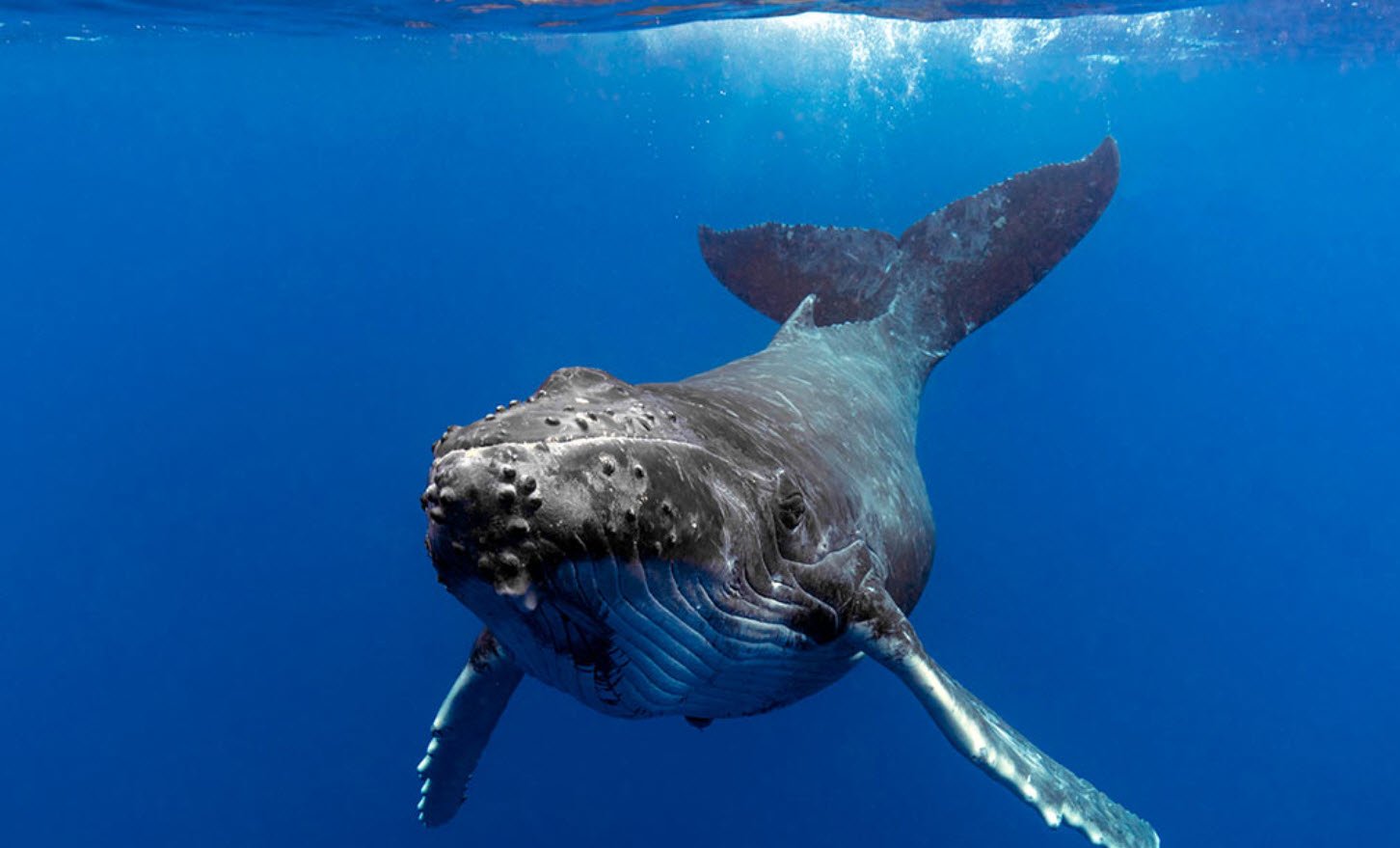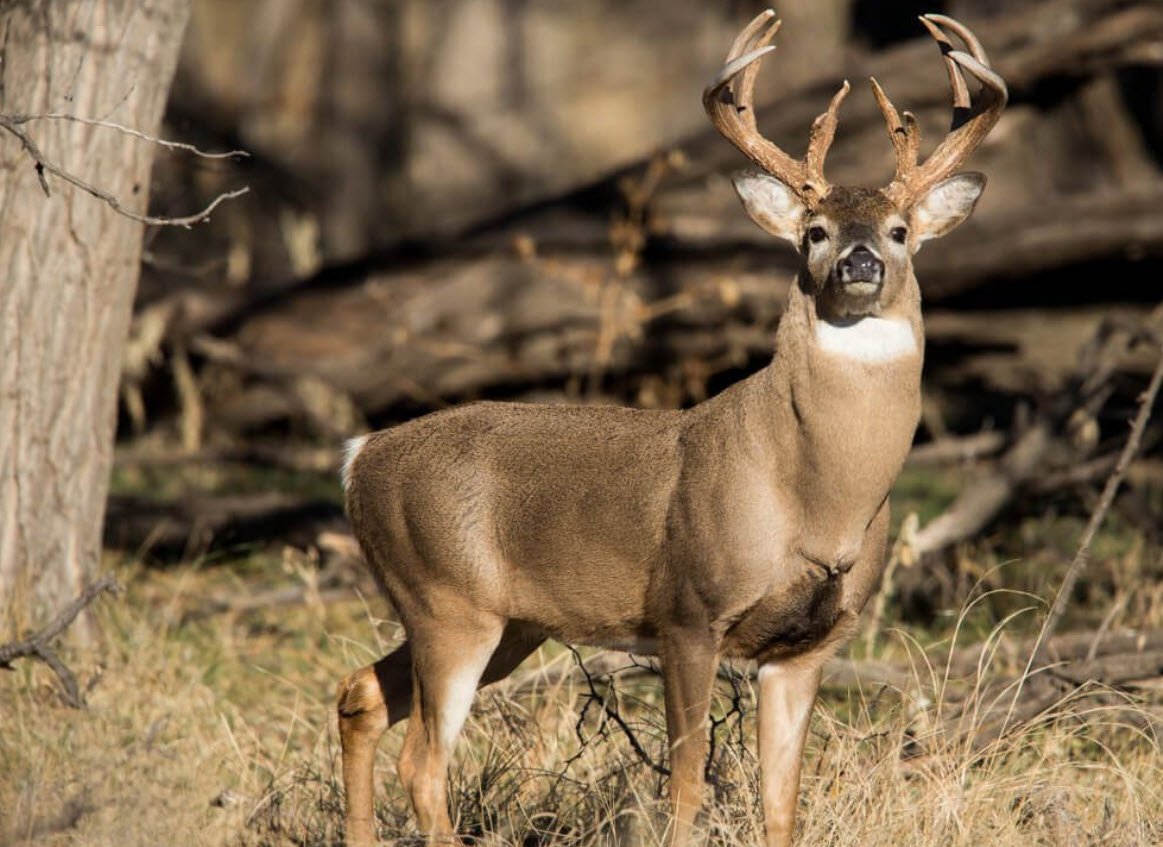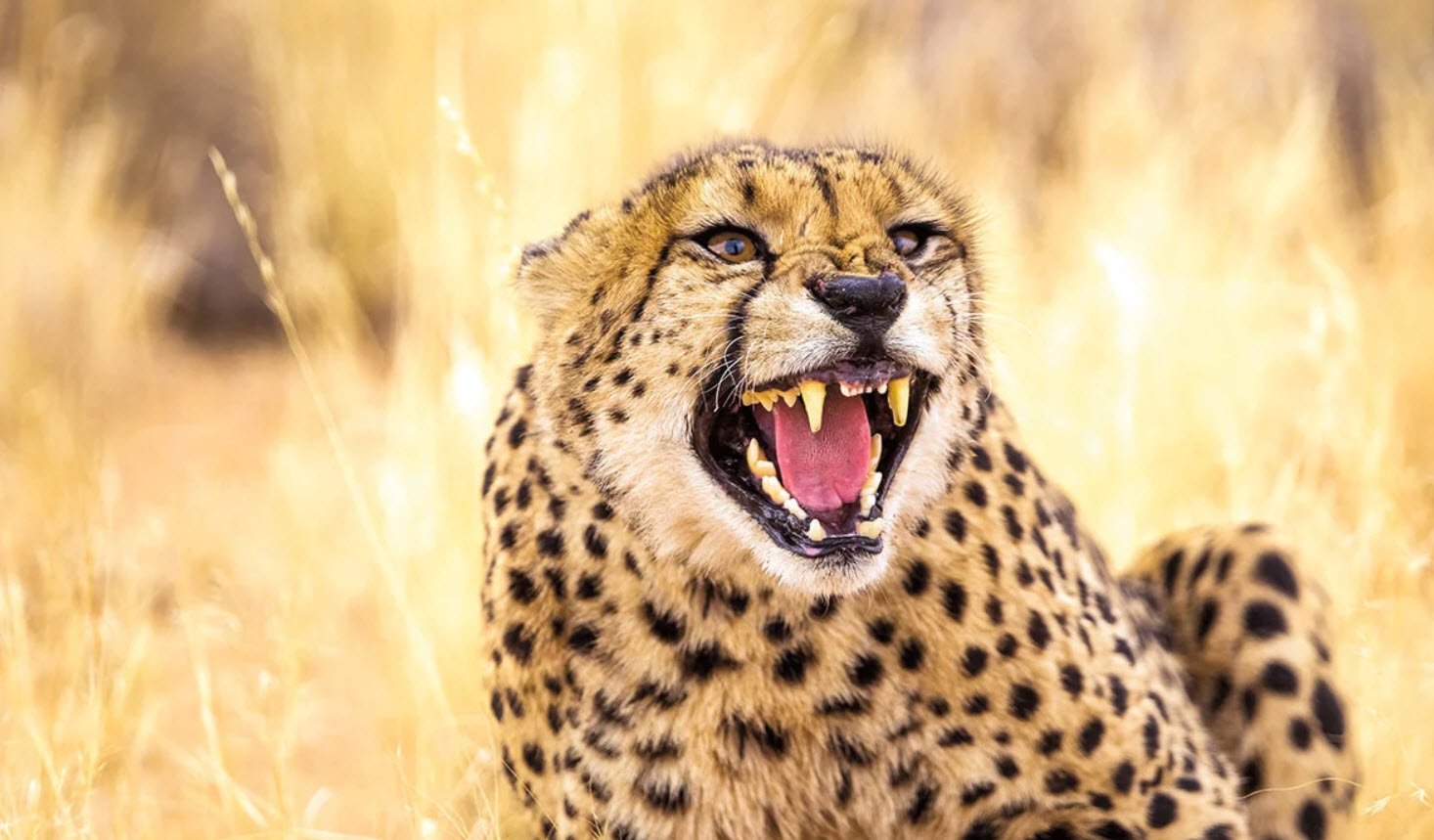
Mountains are awe-inspiring landscapes, characterized by their towering peaks, rugged terrain, and diverse ecosystems. These habitats support a vast array of wildlife, each uniquely adapted to the challenges and opportunities presented by mountainous regions.
In this article, we explore into the fascinating world of mountain animals, featuring a variety of creatures that call these elevations their home.
- Brown Bear
- Cotton Rat
- Giant Panda
- Hyrax
- Rhinoceros
- Trogon
- Accentor
- Cougar
- Chamois
- Deer
1. Brown Bear (Ursus arctos)
The brown bear, a formidable and iconic presence in mountainous regions, is known for its immense size and strength. These powerful mammals roam across various mountain ranges, including those in North America, Europe, and Asia. Brown bears are omnivores, feasting on a diet that includes fruits, berries, fish, and occasionally small mammals.
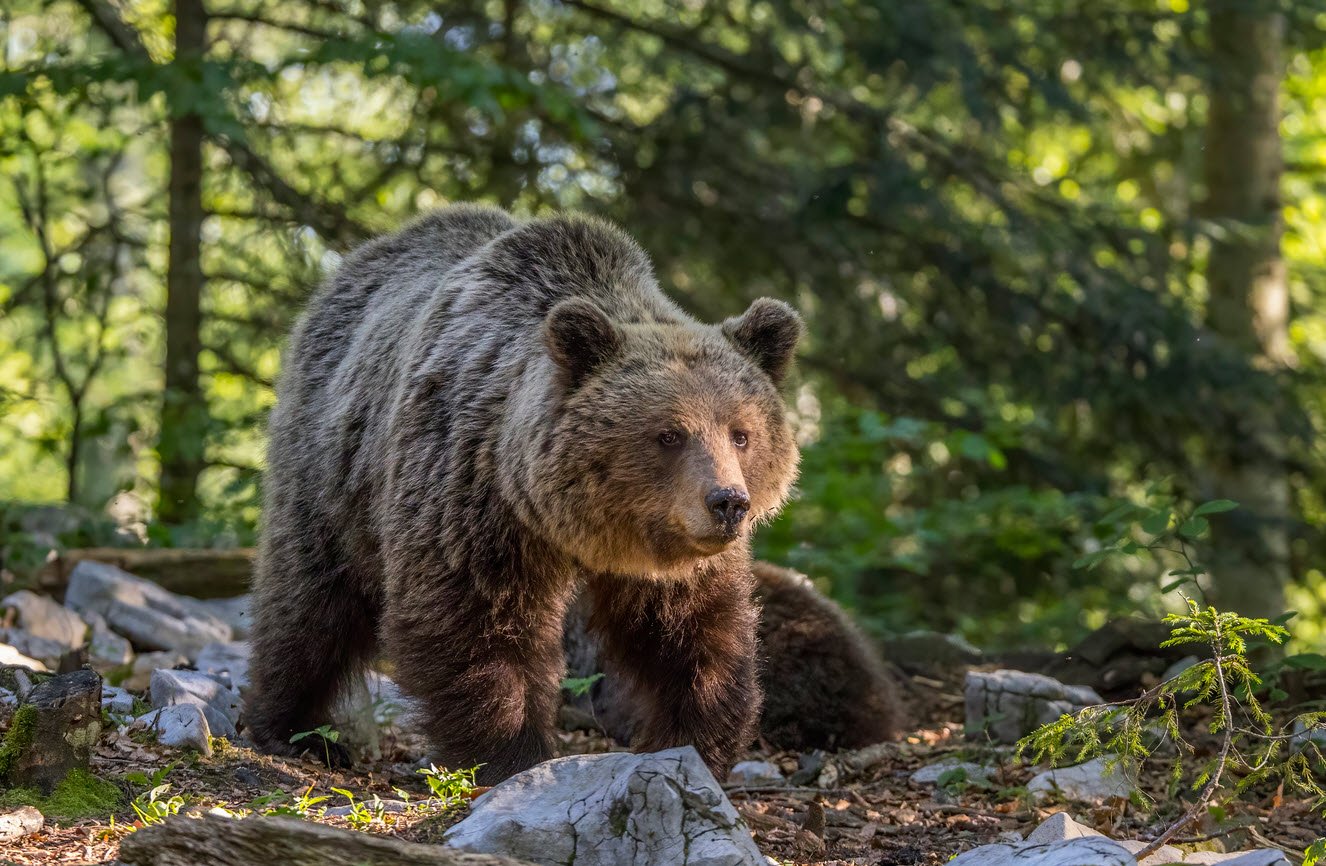
2. Cotton Rat (Sigmodon hispidus)
Cotton rats are small rodents found in mountainous areas of North and South America. They play a vital role in the mountain ecosystems by dispersing seeds and serving as prey for larger predators. Despite their diminutive size, cotton rats contribute to the ecological balance of the mountains.

3. Giant Panda (Ailuropoda melanoleuca)
The giant panda, a beloved and iconic symbol of conservation, primarily resides in the mountainous bamboo forests of central China. Known for their distinctive black and white fur, giant pandas are primarily herbivores, with bamboo constituting the bulk of their diet. Sadly, they face the threat of extinction, highlighting the importance of conservation efforts to protect their fragile population.
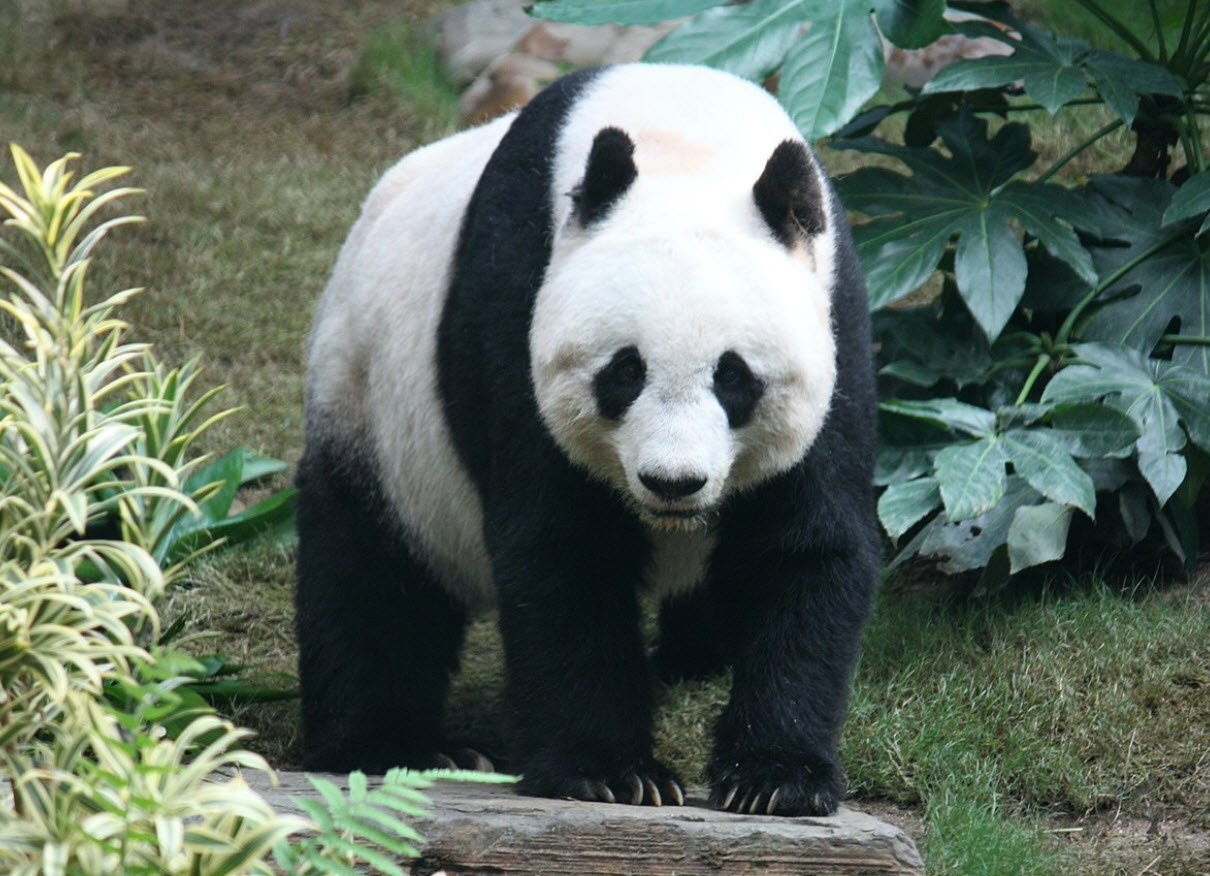
4. Hyrax (Procavia capensis)
Hyraxes, small herbivorous mammals, are commonly found in mountainous regions across Africa and the Middle East. Their peculiar appearance and social behaviors make them an intriguing aspect of mountain wildlife. Hyraxes are agile climbers, well-adapted to the rocky terrain of their habitats.
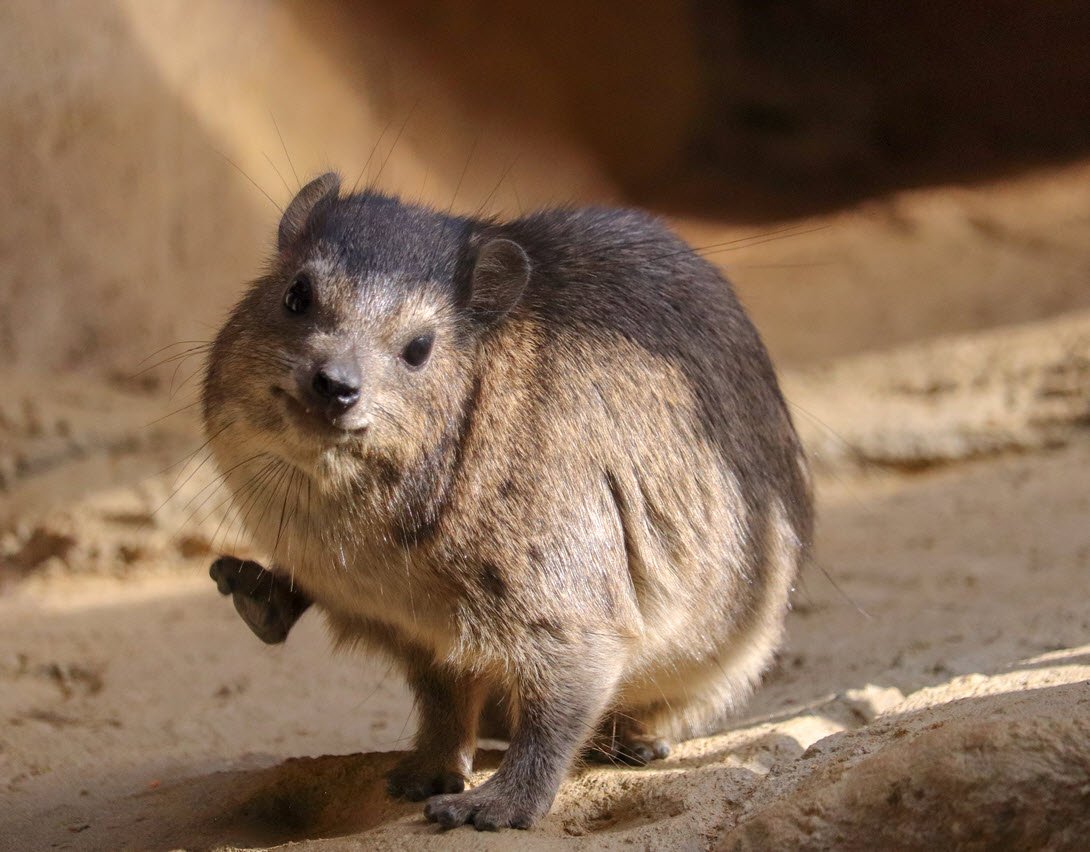
5. Rhinoceros (Family Rhinocerotidae)
While rhinoceroses are often associated with grasslands and savannas, some species, such as the Sumatran rhinoceros, can be found in mountainous regions. These massive, herbivorous creatures play a crucial role in shaping the landscape and are essential for the overall balance of the ecosystem.

6. Trogon (Family Trogonidae)
Trogons are colorful, medium-sized birds known for their vibrant plumage and are often spotted in mountainous forests of Central and South America. Their vivid colors and unique calls make them a sought-after sighting for birdwatchers.
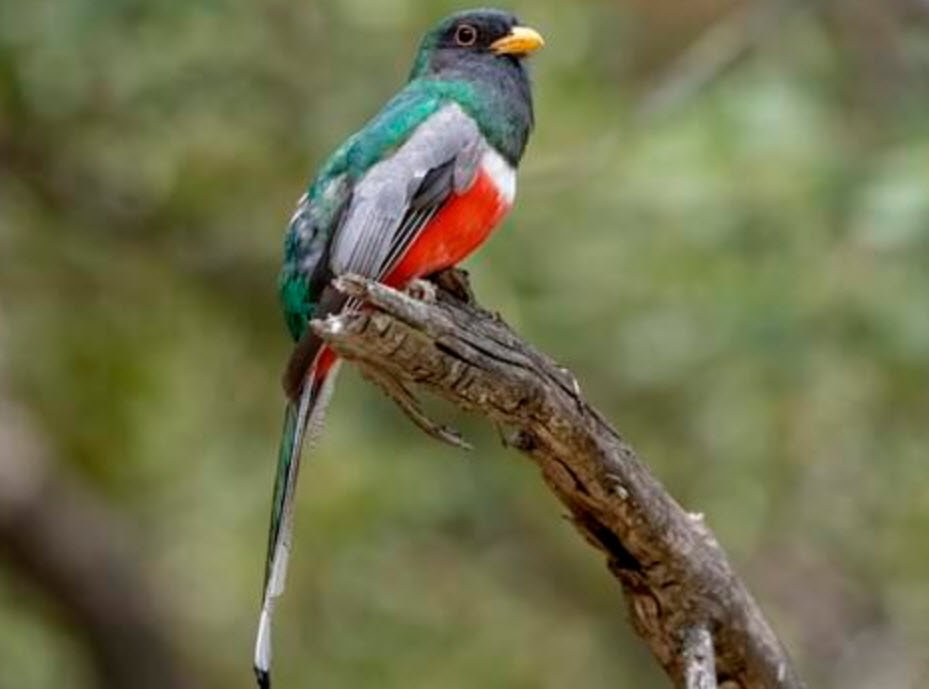
7. Accentor (Family Prunellidae)
Accentors, small songbirds, are native to mountainous areas across Europe and Asia. Their ability to thrive in harsh, high-altitude environments demonstrates their resilience and adaptability.
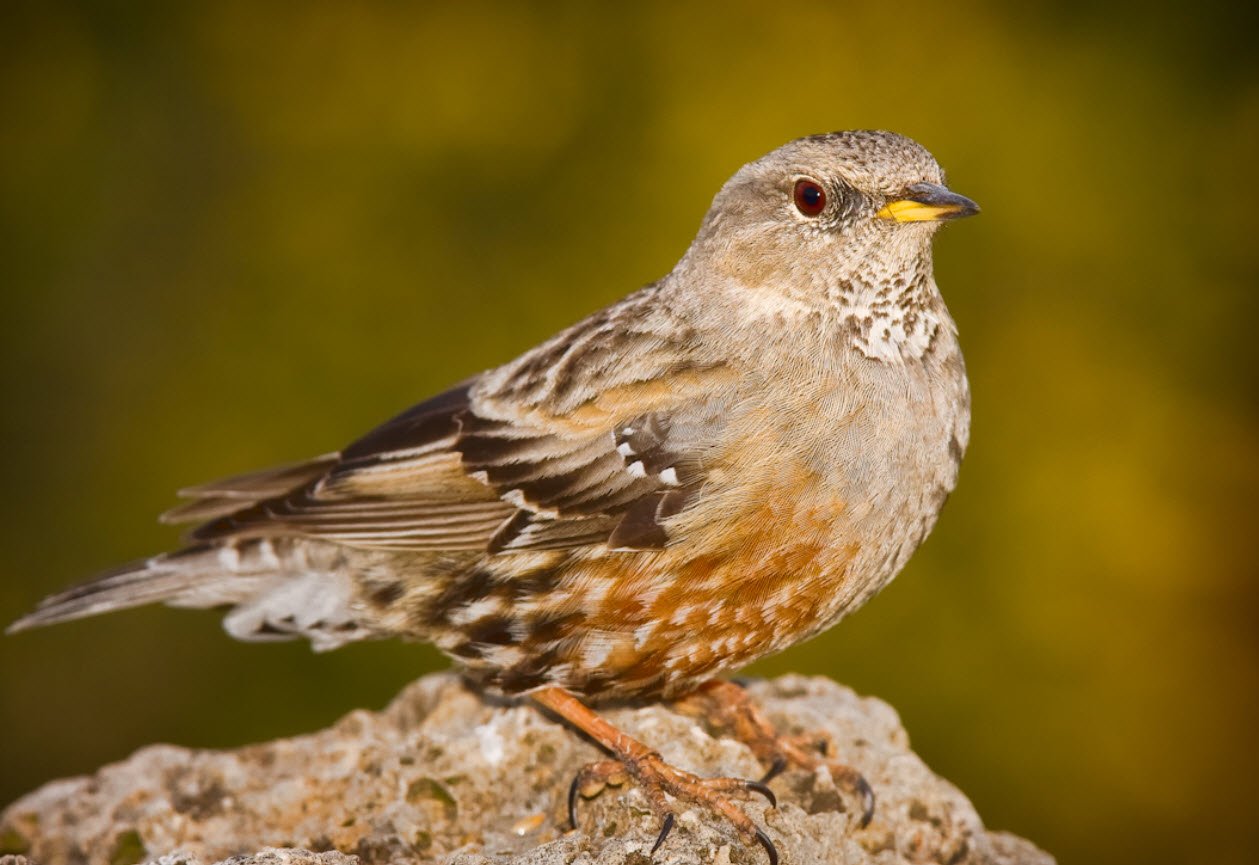
8. Cougar (Puma concolor)
Also known as mountain lions or pumas, these large carnivores are prevalent in mountainous regions throughout the Americas. Cougars are solitary and highly elusive predators, known for their strength, agility, and impressive hunting skills.

9. Chamois (Rupicapra rupicapra)
Chamois are agile and nimble-footed ungulates found in various mountain ranges in Europe. They are adapted to rocky terrains and are known for their distinctive curved horns and remarkable climbing abilities.
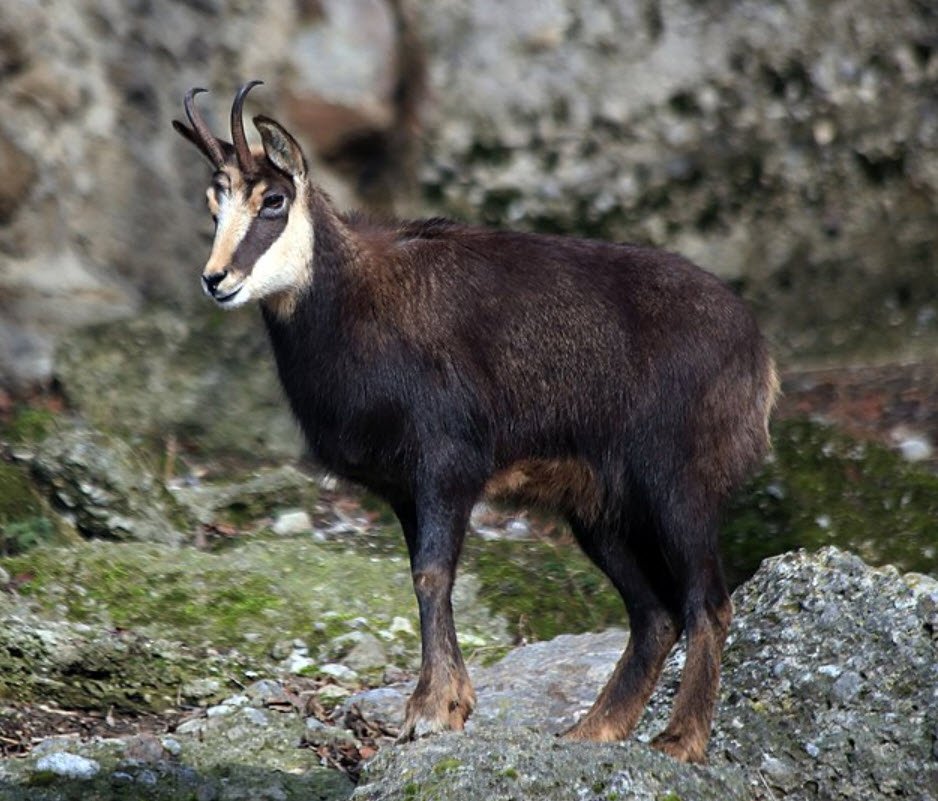
10. Deer (Family Cervidae)
Deer are a diverse group of ungulates found in mountainous regions across the world. Species like the Rocky Mountain elk and the Alpine chamois are well-adapted to the challenging landscapes of mountains.

In conclusion, the mountainous regions of the world are teeming with diverse and intriguing wildlife, each uniquely adapted to their high-altitude habitats. The animals mentioned above represent a mere glimpse into the captivating array of creatures that thrive in these majestic landscapes.
Understanding and appreciating the importance of mountain ecosystems and their inhabitants is vital for their preservation and the conservation of our natural heritage.
You may also like:- Top 30 Animals Starting With the Letter W
- 15 Poisonous Plants That Pose a Threat to Pets
- 12 Notable Oklahoma’s Diverse Wildlife Animals
- Top 24 Hybrid Animals – Nature’s Fascinating Blends
- Top 20 Tiny Insects – See Photos
- Top 30 Must-See Different Species of Mammals in the World
- Top 24 Fascinating Australian Animals – With Photos
- Top 4 – World’s Fastest And Slowest Land Animals
- List of 25+ Common Wild Animals with Pictures
- The Fascinating World of Black & White Animals

